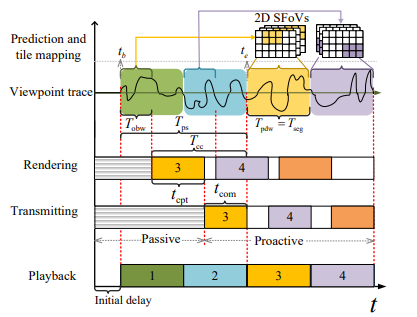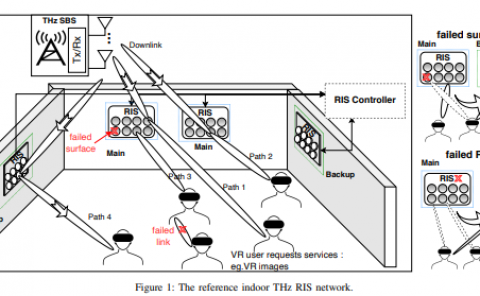Viewpoint Leakage in Proactive VR Streaming: Modeling and Tradeoff
PubDate: Mar 2022
Teams: Beihang University
Writers: Xing Wei, Chenyang Yang, Chengjian Sun
PDF: Viewpoint Leakage in Proactive VR Streaming: Modeling and Tradeoff

Abstract
Proactive tile-based virtual reality (VR) video streaming employs the trace of viewpoint of a user to predict future requested tiles, then renders and delivers the predicted tiles before playback.
Recently, it has been found that the identity and preference of the user can be inferred from the viewpoint data uploaded in proactive streaming procedure. When considering viewpoint leakage, several fundamental questions arise. When is the viewpoint leaked? Can privacy-preserving approaches, e.g., federated or individual training, or using local predicting and predictors with no need for training avoid viewpoint leakage? In this paper, we investigate viewpoint leakage during proactive streaming. We find that if the prediction error or the quality of experience (QoE) metric is uploaded for adaptive streaming, the real viewpoint can be inferred even with the above privacy-preserving approaches. Then, we define \textit{viewpoint leakage probability} to characterize the inference accuracy of the real viewpoint, and respectively derive the probability when uploading prediction error and the QoE. We find there is a conditional tradeoff between viewpoint leakage probability and prediction performance, QoE, or the resources.
Simulation with the state-of-the-art predictor over a real dataset shows that the tradeoff between viewpoint privacy and prediction performance, resources, and QoE exist for most cases.


